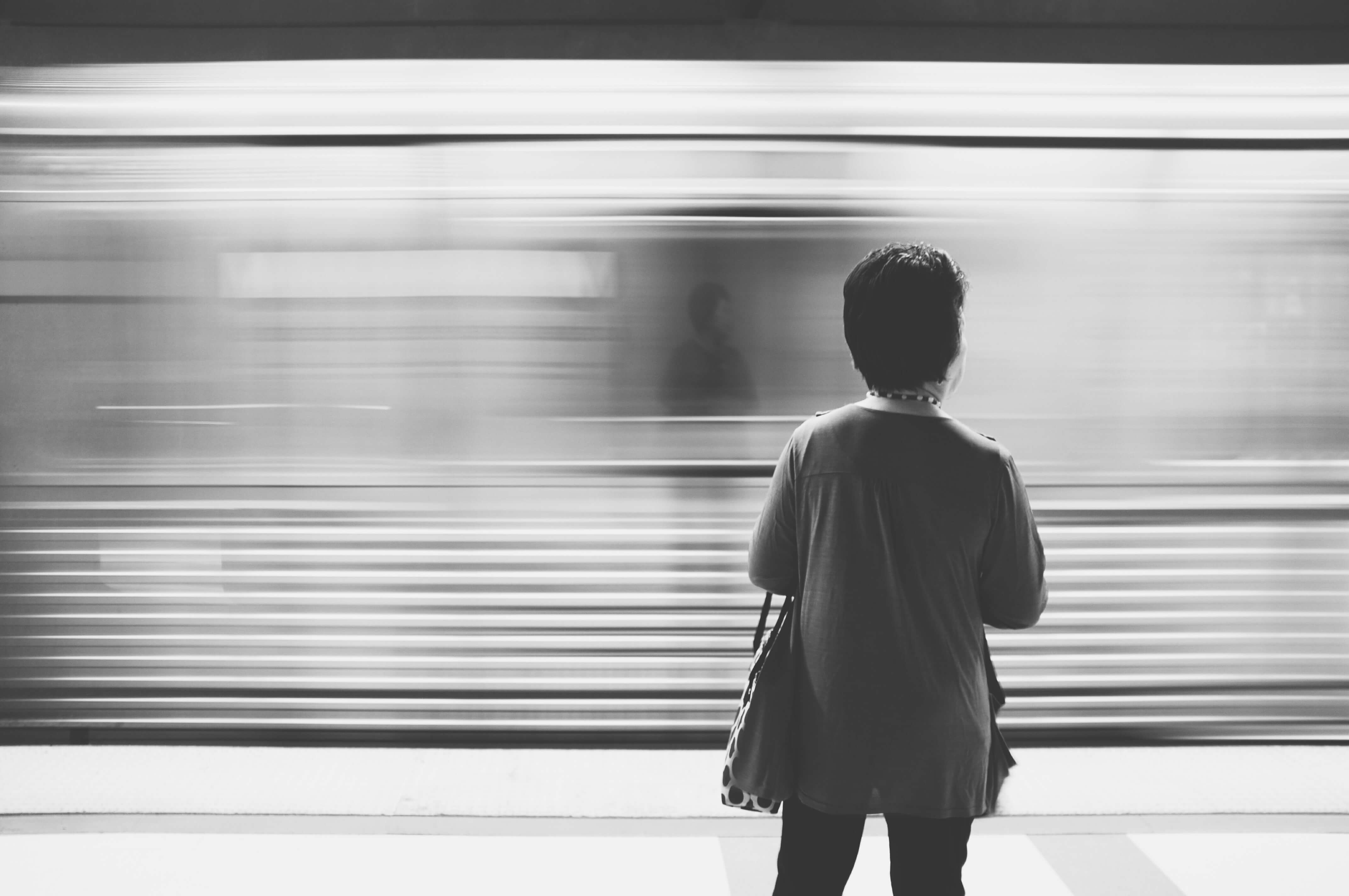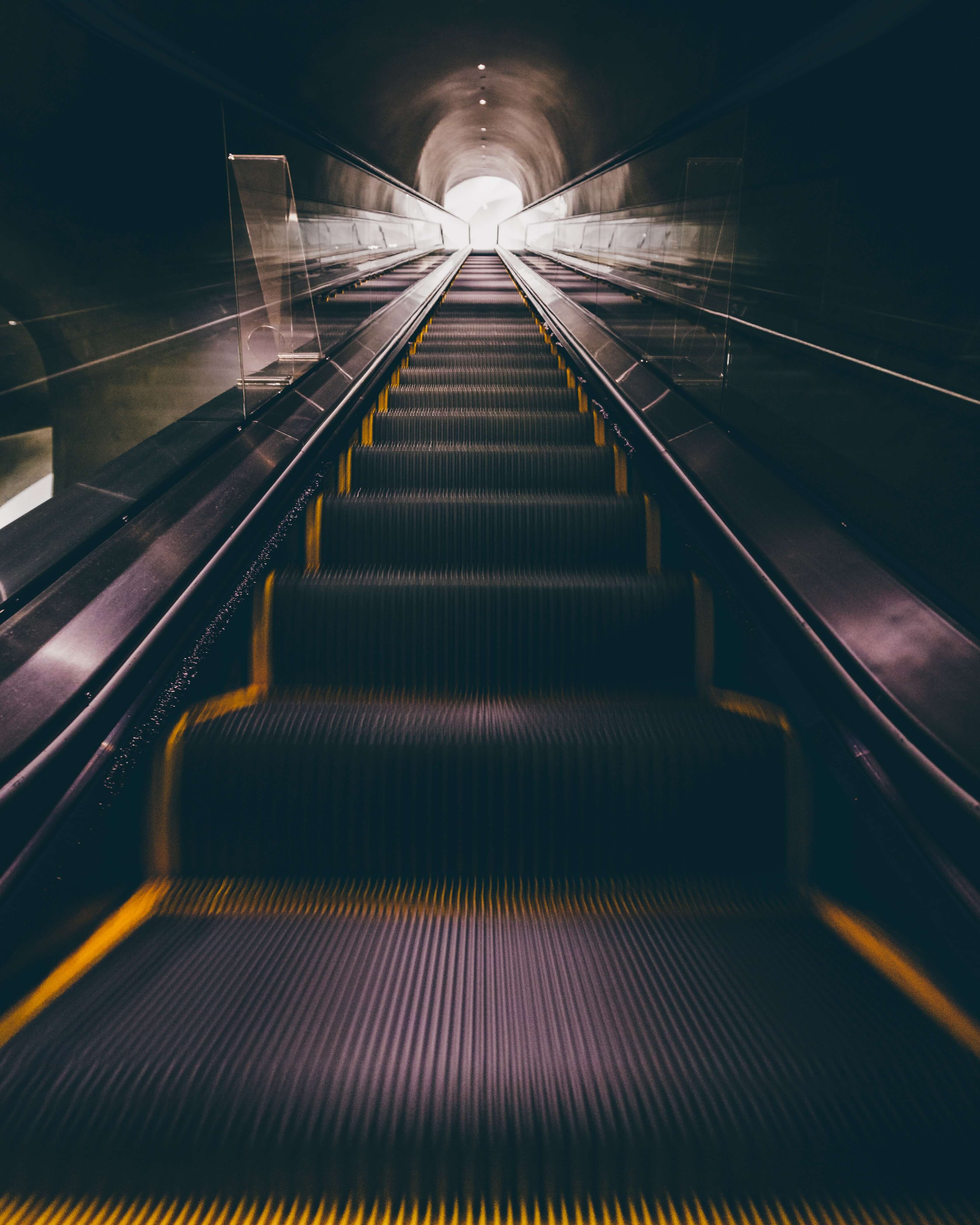The Ultimate Guide to the Los Angeles Metro System
Use the Los Angles Metro Rail to make the most of your visit. Save time and money, get around easily, avoid traffic and taxi fares.

Los Angeles is widely known as being a city where you need a car to get around. But that is most certainly not the case for most tourists. Between the city buses and the excellent rail system, it is easy to get around without a car, and at a tiny fraction of the price of a car rental. The Metro even has service to LAX and many top tourist attractions. To make the most of the city, it’s a great idea to stay in a hotel near Los Angeles Metro rail stations.
Here is your complete guide to the L.A. Metro Rail System. We’ve broken the information down by subject, so you can easily scan for the information you’re looking for.
- Getting Information
- A little Background
- A Rundown of Each of the Six Lines
- What times does the metro run?
- What is the train frequency?
- Does the Metro go to the airport?
- How much does it cost?
- Is the metro safe?
- Accessibility
- Can I charge my phone or connect to WiFi on the Metro?
- How crowded does it get?
- Visiting Popular Attractions in Los Angeles with the Metro
- The L.A. Metro’s effect on the Carbon Footprint
Getting Information
Official site and trip planner
For Metro Transit Info, call 323.GO.METRO (323-466-3876)
A little Background
The Los Angeles Metro Rail systems has been around since 1990 and serves 93 stations throughout the metro area. Two previous incarnations of the metro rail system included the Pacific Electric Red Car and the L.A. Railway Yellow Car, which operated from the late 19th century through the 1960’s. Here is more about the history of the Los Angeles Metro Rail.
Today, there are two subway lines (the Red and Purple lines) that run underground and four light rail lines (Blue, Green, Gold and E (Expo) lines) that run above ground. There are plans to change the colored names into lettered names (such as the Expo line) very soon, but the color-coordinated maps will remain with the same colors.
There is no central station, as all six lines run somewhat separately, although a couple may follow the same route for a section of their routes. Some suburban stations have paid or free park and ride lots and most stations have bike storage available.
Every month, an estimated 7.4 million people ride the Los Angeles Metro rail system, the 2nd busiest in the United States (New York City subways are the busiest.)

A Rundown of Each of the Six Lines
- Red Line (subway/heavy rail): Runs from downtown’s Union Station to North Hollywood. This is the line closest to many of LA’s top attractions. It connects with the Blue, Expo and Orange (bus) lines.
- Purple Line (subway/heavy rail): Connects downtown LA to Westlake and Koreatown.
- Expo Line: Links USC and Exposition Park with Culver City, Santa Monica and downtown LA.
- Blue Line: Runs from downtown LA to Long Beach, and connects with the Green, Red and Expo lines along the way.
- Green Line: Services Norwalk and Redondo Beach, and LAX.
- Gold Line: Connects East LA to Little Tokyo, Chinatown and Pasadena via Union Station, where it connects with the Red Line.
NOTE: It should be mentioned here that the Orange Line express bus connects the San Fernando Valley to North Hollywood, and the Silver Line express bus connects El Monte regional bus station to Harbor Gateway Transit Center in Gardena. Also, DASH busses connect with many of the rail lines to take you directly to Beachwood Canyon, Downtown, Fairfax and Hollywood locations.
What times does the metro run?
Most lines generally run from just before 5 am through midnight on weekdays, with train service until 2am on the weekends. Use the NextTrip website to find out specific arrival times.
What is the train frequency?
During peak times, the trains run as often as every 5 minutes or so, but during off time and late at night, they run about every 15-20 minutes.

Does the Metro go to the airport?
Yes! Los Angeles International Airport (LAX) is located just south of Santa Monica, near the Pacific Ocean. It’s easy to get there – take the Green Line directly to LAX at Aviation/LAX Station. From there, catch G shuttle bus to the terminals. The shuttle is free with a valid proof of transit (bus ticket or TAP card.)
Getting to LAX is much preferable than taking the bus or taxi. While the bus is an economical route, it is prone to getting stuck in traffic jams just like other vehicles. Taxis, of course, are much more expensive.
For other regional airports around L.A.: Long Beach (LGB) airport – take the Blue Line to Willow Station, then board Long Beach Transit busses 102 or 104 to reach LGB. For Hollywood Burbank (BUR) airport, the Ventura County Line goes to BUR south station, and from there just a ½ mile to the terminals. Shuttles with luggage racks run from the south station directly to the terminals.
How much does it cost?
A single ride to any destination is $1.75 and includes transfers for up to two hours. Day passes are $7 but are only worth it if you know you will be taking four trips more than two hours apart. Senior, disabled and student (with valid ID) day passes cost $2.50. Weekly passes are $25, and monthly passes are $100. Senior/disabled monthly passes are $20, college student monthly passes are $43, and K-12 monthly passes are $24. Here is more information on tickets and maps.
The TAP Card
The handy TAP card is refillable and can be used at any metro train station. They are also available for purchase at select retailers for a $2 surcharge. The cards can be filled with pre-set dollar amounts, day passes, weekly passes or monthly passes. Simply hold your TAP card against the marked terminals as you enter through the turnstiles. Some stations don’t have turnstiles, but still make sure to tap – otherwise you could be charged a fine up to $250.
You can refill your TAP card at all metro rail stations, online or by phone. When your visit to L.A. is over, be sure to hold onto your TAP card, as it’s accepted at all 26 county transit agencies around Southern California and has a 10-year life span. You will also be able to refill your card on the TAP website.

Is the metro safe?
This is one of America’s largest railway systems; it is ridden by many thousands of people every single day and is safe and clean. Just as you would with any public transport system in any major city, keep your wits about you, and be vigilant late at night. Don’t wave around expensive items (i.e. your smartphone or wallet) if you’re sitting or standing by the doors. Common sense goes a long way with any public mode of transportation.
Accessibility
There is disability, stroller and bike access on all Metro lines. Some stations even have bike storage for a small fee. All rail lines have direct connections to bus lines that run throughout the city.
Can I charge my phone or connect to WiFi on the Metro?
There are no charging sockets at any of the rail stations, and no Wi-Fi currently. Smartphone users can use their cellular plans to connect online. However, the bus system in Los Angeles does have free Wi-Fi. To use the on-board bus wi-fi, connect to the network “Free Metro WiFi.” It will have a speed equivalent to 4G LTE, which is good for basic web surfing. The service is free and there is no limit on time usage.
How crowded does it get?
The E (Expo) line is consistently the busiest. However, every line will be crowded during peak times on weekdays, which is generally 7 am – 9 am, and again from 3 pm to 6 pm. Airconditioning is provided on all rail lines.
Visiting Popular Attractions in Los Angeles with the Metro
By far the best way to access most of L.A.’s main attractions is via the Red Line – it has the highest density of attractions within walking distance. The entire line takes roughly a ½ hour to ride, from Union Station to North Hollywood’s Arts District (if you don’t get off.) The following attractions are all within an easy walk of various stops along the Red Line:
- Union Station (downtown): Chinese American Museum, the Italian American Museum, the Mexican Marketplace, New Chinatown, Little Tokyo and the Japanese American National Museum.
- Civic Center Station: LA City Hall, Grand Park, Walt Disney Concert Hall, Museum of Contemporary Art (MOCA).
- Pershing Square: Grand Central Market, the Bradbury Building, Millennium Biltmore Hotel (worth just a peak inside to see the ornate lobby), OUE Skyspace LA, the Standard Hotel (famous rooftop bar), the Jewelry District, Gallery Row.
- 7th/Metro Center Station: LA Live, and the Fig at 7th shopping center. Here you can connect to the Expo line and ride it to Santa Monica.
- Vermont & Sunset Station: Frank Lloyd Wright’s Hollyhock House
- Hollywood & Vine: Hollywood Blvd. and the Walk of Fame, Capitol Records Building, views of the Hollywood Sign, the Museum of Death.
- Hollywood & Highland: Hollywood & Highland Center for great shopping, the Chinese Theatre, Jimmy Kimmel Live!, the Hollywood Bowl. LA bus and walking tours depart from here.
- Universal City Station & North Hollywood: Universal Studios Hollywood (there’s a free shuttle to the entrance from the metro.)
The L.A. Metro’s effect on the Carbon Footprint
Subway and light rail lines certainly do their part in sustainability by producing an average of 62% lower greenhouse gas emissions per passenger mile than any vehicle. For Los Angeles specifically, emissions from light rail services alone decreased by 20%, in a study conducted in 2015. Other forms of public transportation (buses, vanpool services, etc.) have contributed even more to reducing the carbon footprint.